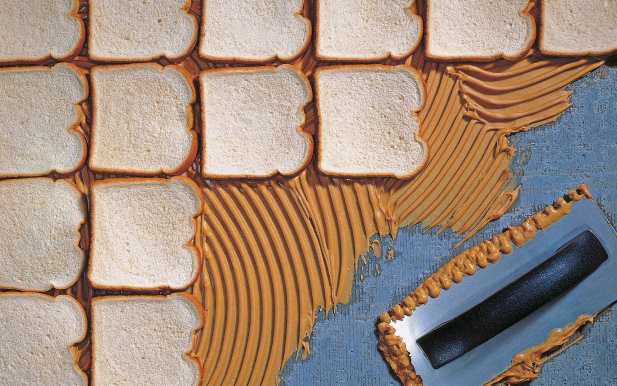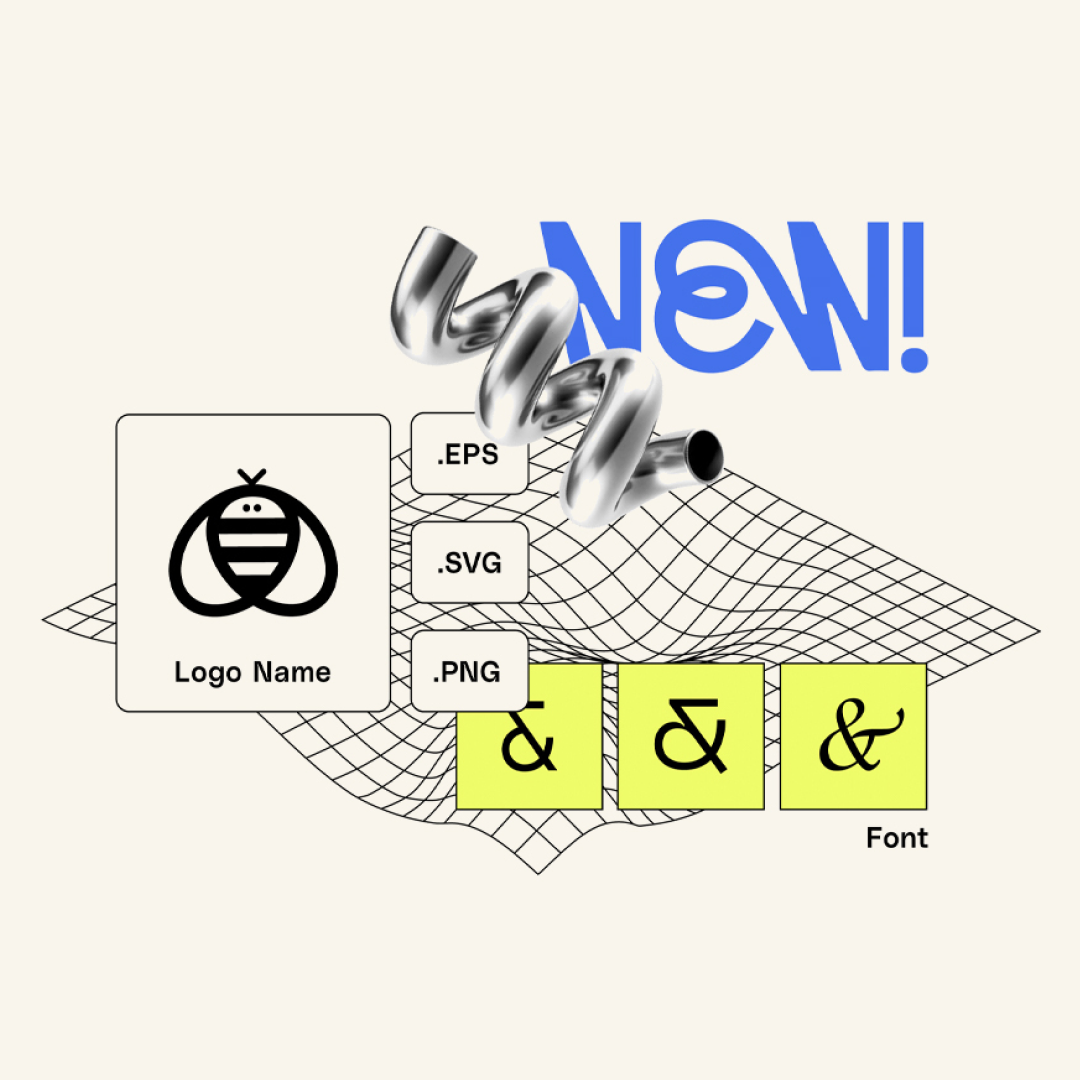What you will learn:
Different ways to convey a story What characterises good storytelling in video format
Storytelling has been used since the beginning of time in everything from films and novels to political propaganda and advertising. This dominant technology has evolved from spoken stories to written text and then moved on to the world of video and film – and social media. As social media has now advanced more toward motion media material, the method used needs to be developed to work in increasingly shorter video formats.
An engaging story uses basic emotions to reinforce a message, which can be simple, complicated, true, false, or many other things. Connecting to these basic emotions simplifies the message for recipients and gets it across much more effectively than rational arguments in the form of, for example, data points. That said, a data point can effectively convey a story when used in the proper context.
Effective storytelling often contributes to stronger loyalty among those who are already convinced or ‘aha!’ experiences for those who are not. It can also lead to stronger distancing from other companies or brands, which is worth considering when you are doing target audience segmentation for such a project.
In a 2018 survey, 76% of all companies surveyed stated that increased investments in motion media led to increased sales, indicating that investments in motion media formats will increase further in the coming years. Below we give some tips on how to effectively use storytelling in short video formats.
Different ways to convey a story
A good starting point for any storytelling project is to decide what kind of story you want to convey. Since motion media involves an investment in production costs, it is worth spending a little more time thinking this through before you get started. Below we list four examples of common story types:
Imperative: This story type builds towards a clear, concluding call to action. For example, taking part in an offer or subscribing to a service.
Teaser: This method is one of the most common on the internet, where companies often want to get users to click through to an external website. It is about arousing interest, so the user wants to know more. Any call to action is deliberately left for the next step.
Journalistic: This method borrows from classic news journalism and involves communicating the most important thing first and then filling in more details for those who are interested. This ensures that everyone takes part in seeing the most important message.
Surprising: The opposite of the journalistic method, this involves revealing as little as possible initially and gradually uncovering more and more information during the journey. This has been used successfully by Steve Jobs, for example, when he presented Apple’s new products, as well as by many filmmakers.

What characterizes good storytelling in video format?
Below we give four tips on what is worth considering when planning the production of storytelling in video format.
- A great story is still the basis of all forms of storytelling. In this context, good stories are often personal, relatable, and clear. There are many examples of stories that engage by being just this, so start with what appeals to you and your colleagues.
- Keep it as short as possible. As the competition for attention increases, viewers’ patience decreases – even if it is good content. You have probably experienced, for example, that older films run at a slower pace compared to today’s motion media productions. Therefore, it is vital to communicate early on to the audience who is behind the advertisement and what you want to convey. Also, keep in mind that different channels and platforms entail different expectations. What works on YouTube usually needs to be significantly shortened to reach Instagram, or for that matter, TikTok viewers.
- Reinforce the story with well-produced, purposeful visuals. As more and more people have access to professional motion media designers and video editors—and can do more of this on their own—the demand for quality storytelling is growing.
- Making compelling stories in motion media takes time—and costs money. To ensure the result will be good, it may be worth investing in external help. A film crew often consists of photographers, actors, creative directors, editors, and animators.

